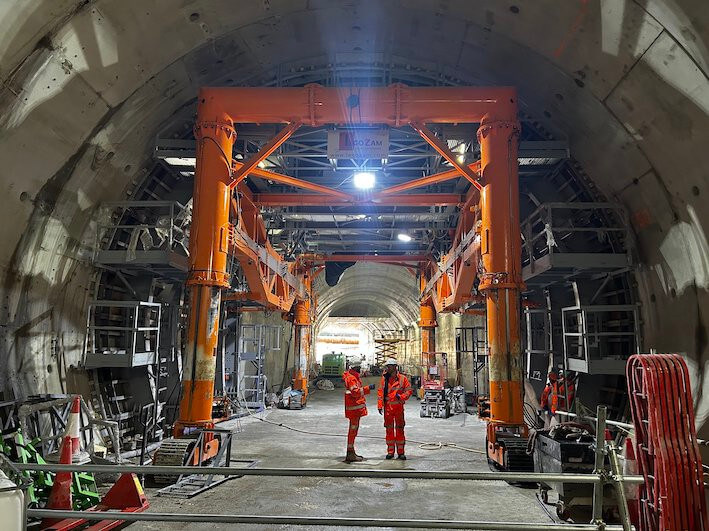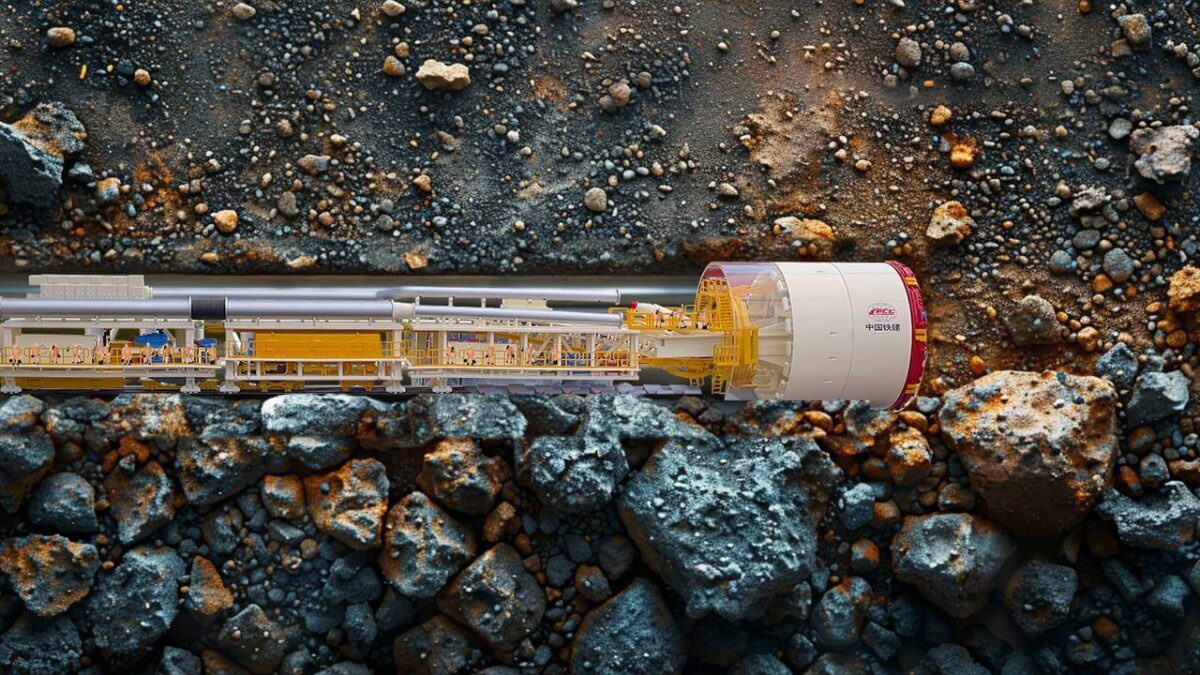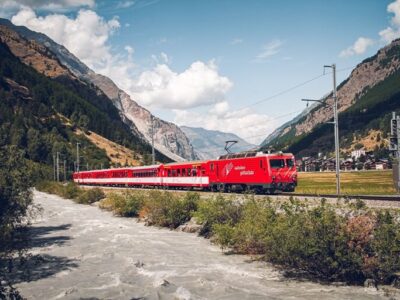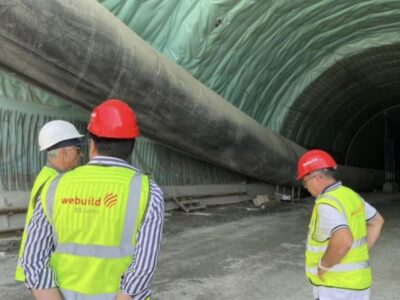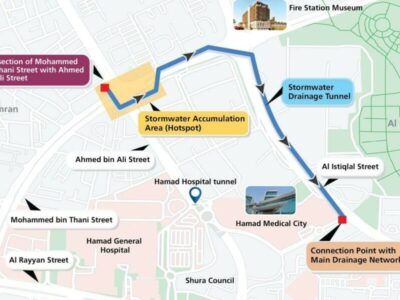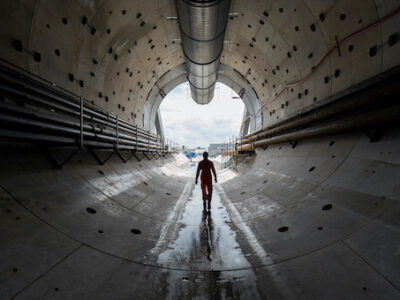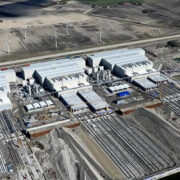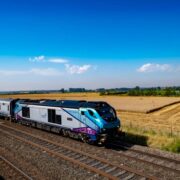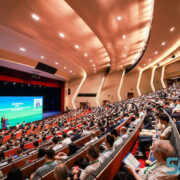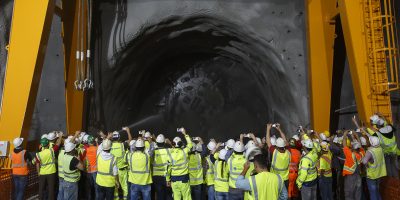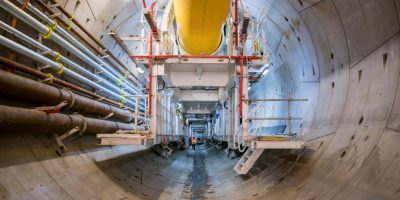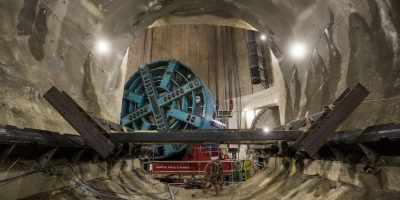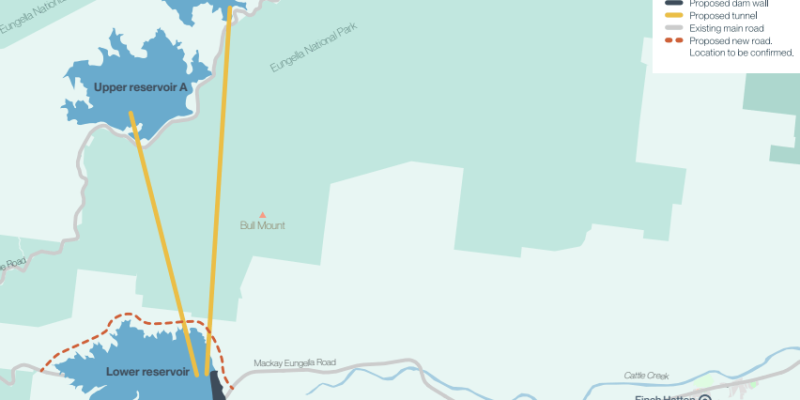
Twin Hills Engineering and Drilling will conduct geotechnical investigation work, and the GHD, Mott MacDonald and Stantec JV will supervise front-end engineering design on Queensland Hydro’s Pioneer-Burdekin project – the most extensive pumped hydro project in the world.
Publicly owned Queensland Hydro’s submitted pumped hydro energy storage (PHES) project would be capable of supplying 5,000MW of power and delivering up to 24 hours of energy storage to the Queensland energy grid.
Once operational, the Pioneer-Burdekin project is anticipated to be the largest in the world.
The Pioneer Valley and the adjacent ranges in the Burdekin catchment, approximately 75km west of Mackay, have been recognized as the best site for the project.
The project’s first geotechnical drilling contract was granted by Twin Hills Engineering and Drilling, the local family business.
Queensland-based JV Water 2 Wire has received the front-end engineering design (FEED) contract. Water 2 Wire is comprised of GHD, Mott MacDonald and Stantec.
Kieran Cusack, Queensland Hydro CEO, expressed: “With Water 2 Wire’s recent work on high-profile projects like Borumba and Kidston, and their collective expertise in delivering pumped hydro projects around the world, they will be a great asset to this project. We are looking forward to working with them on this world-class project.
“We’re also delighted to be working with a local family business employing local workers has been awarded the first Geotech drilling contract for Queensland Hydro’s Pioneer-Burdekin project.”
Investigation works have already begun in the area and will carry on over the next 12 months across multiple locations within the submitted project footprint, weather and site conditions permitting.
The scope of works incorporates:
- geotechnical drilling to identify soil and rock types and ground conditions
- surface and groundwater monitoring
- a range of visual inspections to survey the ecological and cultural heritage values of the area.
As expected, the investigations and technical studies will continue until mid-2024. As conveyed, they will reveal a detailed analytical report that will be submitted to the Queensland Government as part of the project’s investment decision.
Afterwards, if it receives state and federal authorization, the project will move to the next phases, which are the exploratory and main work. An environmental impact assessment will be required for the main works.
If the project proceeds, the pumped hydro facility would use electricity from the grid or nearby renewables to pump water from a lower reservoir into an upper reservoir when energy prices are low. When energy is required, water is discharged from the upper reservoir into the lower one, generating the energy as it passes through a turbine.
The facility would contain dam walls built from concrete and/or rock, which would link to the bedrock to supply a water-tight seal. The reservoirs behind the dam wall would include the natural topsoil and alluvium existing in the area.
Mick de Brenni, Energy, renewables and hydrogen minister, claimed: “This mega pumped hydro project will act like a giant battery, and when connected to our Queensland Super Grid, will underpin the reliability of our publicly owned grid by storing the energy generated by our renewable energy zones.
“The project is poised to offer hundreds of supply chain opportunities, and with application of the Palaszczuk Governments’ signature Buy Queensland Procurement Policy, local businesses like Twin Hills and Water2Wire will be the preferred project partners.”
At the earliest, construction on the project could begin in 2027 and continue until 2032.


